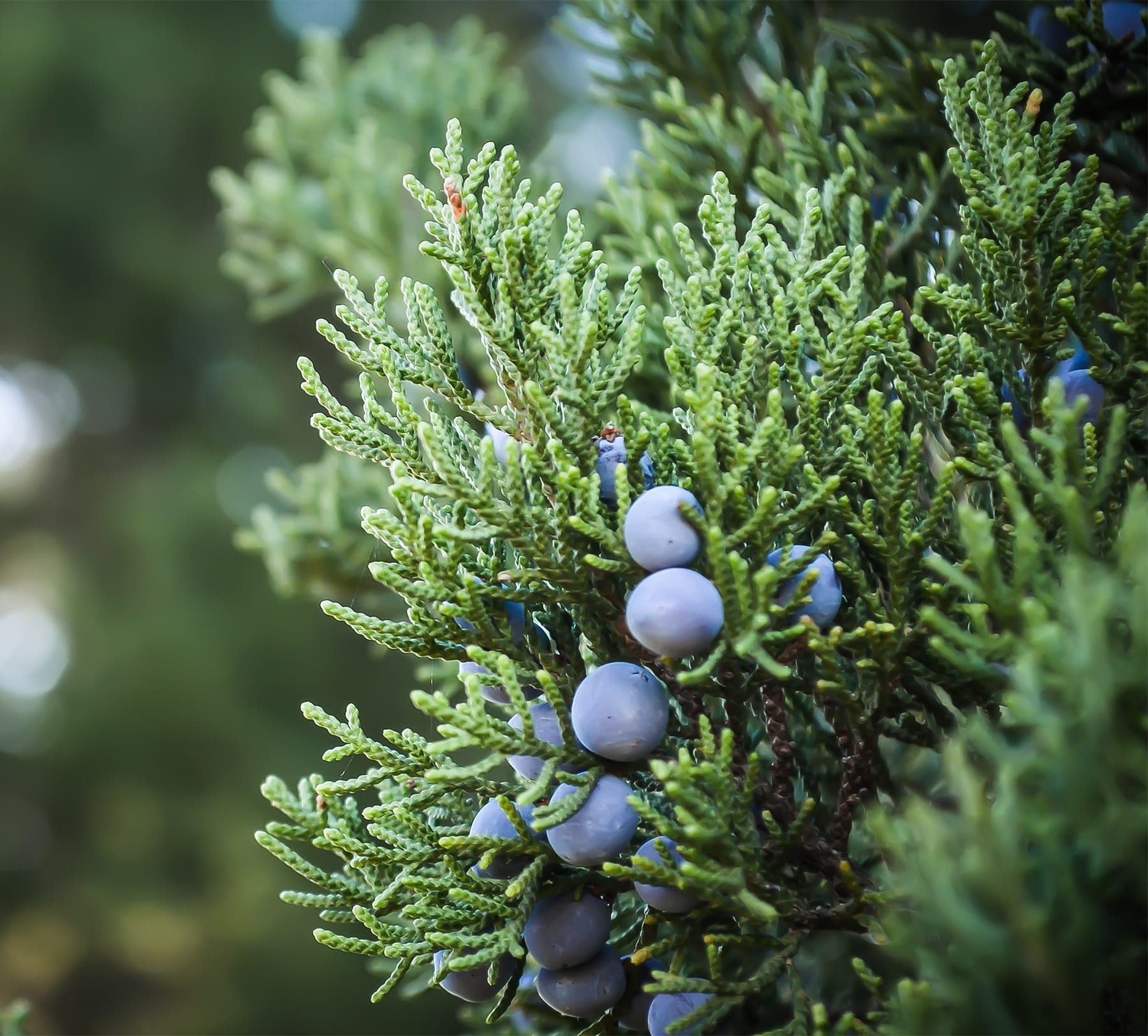Alligator juniper (Juniperus deppeana), also known as checkerbark juniper, stands out among its coniferous kin. Its distinctive bark, resembling the rugged hide of an alligator, makes identification a breeze. But there’s more to this remarkable tree than its reptilian namesake. From its role in the ecosystem to its surprising uses, the alligator juniper offers a fascinating glimpse into the interconnectedness of nature.
Getting to Know the Alligator Juniper
Identifying an alligator juniper rests primarily on its unique bark. Dark gray-brown and deeply fissured into small, square plates, the bark is the tree’s defining characteristic. Running your hand along the trunk truly evokes the feel of an alligator’s back. While some alligator junipers may exhibit stringy bark similar to other juniper species, the checkered pattern is most prevalent.
Beyond its bark, other features aid in identification. The leaves, needle-like (5-10mm long) on younger trees, transition to scale-like (1-2.5mm long) as the tree matures. These leaves are arranged in opposite pairs or sometimes whorls of three. The alligator juniper also bears small, berry-like cones, 7-15mm in diameter. These cones start green and ripen to a warm orange-brown, often with a whitish, waxy coating, and contain 2-6 seeds that mature in approximately 18 months. The shoots are slender, measuring just 1-1.5mm in diameter.
Mature alligator junipers typically reach heights of 10-15 meters (33-49 feet), although some exceptional individuals may tower up to 25 meters (82 feet). This slow-growing tree, with a lifespan of 500-800 years and potentially up to 1,000, contributes significantly to its surrounding ecosystem.
Where Does Alligator Juniper Grow?
Alligator juniper calls the southwestern United States and Mexico its home. Its range stretches across Arizona, New Mexico, and West Texas within the US, and extends southward from Oaxaca in Mexico. Adaptable to various habitats, this resilient tree thrives on dry, rocky slopes as well as within woodlands.
The Many Uses of Alligator Juniper
Alligator juniper’s uses extend beyond its ecological importance. Native American communities have long recognized the value of its bluish-black berries. Historically, these berries were dried and ground into flour, incorporated into stews, baked into breads, brewed into teas, and even used in incense. Today, some distilleries, like WildGins Co. in Austin, Texas, are incorporating these berries into their gin for a unique, southwestern flavor profile. If you’re curious about the toxicity of camel spiders, click here to learn more.
The wood of the alligator juniper, although not widely used in mainstream furniture production, finds its niche in particleboard manufacturing and specialized crafts. Its reddish-brown hue and distinctive, swirling grain make it a beautiful choice for handcrafted items such as bookends, lamp bases, and small chests.
Furthermore, the alligator juniper is a favored ornamental tree in xeriscaping, particularly in arid regions like Arizona and New Mexico. Its drought tolerance, unusual bark, and evergreen foliage provide year-round visual interest with minimal water requirements.
Growing and Caring for Alligator Juniper
For those interested in cultivating alligator juniper, it’s a relatively low-maintenance tree that thrives in well-drained soil and abundant sunlight. Its inherent drought tolerance minimizes watering needs, although supplemental watering during extended dry spells can be beneficial. While pruning isn’t typically necessary, it can be done to shape the tree or remove dead branches. More research is needed to fully understand the ideal soil conditions, sunlight needs, and potential pests or diseases.
The Alligator Juniper’s Place in the Ecosystem
The alligator juniper holds a significant ecological role. Its berries and cones offer a vital food source for various birds and mammals. The dense foliage provides shelter and nesting sites for wildlife. Its roots help stabilize the soil, preventing erosion, especially on slopes and in mountainous terrain.
Delving into Alligator Juniper Varieties
Five varieties of alligator juniper are recognized, each with subtle variations in leaf shape, cone size, and growth habits:
- J. deppeana var. deppeana: The most common variety, featuring dull gray-green foliage with a resin spot on each leaf and cones measuring 7-12mm.
- J. deppeana var. pattoniana: Sometimes classified as a separate species (J. patoniana).
- J. deppeana var. sperryi: Found at higher elevations.
- J. deppeana var. storriei: Distinguished by bluish foliage.
- J. deppeana var. utahensis: Found in Utah.
Research into these varieties is ongoing, and future studies may reveal further distinctions.
The Future of Alligator Juniper Research
While we’ve covered much about the alligator juniper, there’s always more to discover. Ongoing research continually expands our understanding of its interactions with the environment, potential medicinal properties, and its role in carbon sequestration. Some experts believe its historical significance to indigenous peoples may be even greater than currently recognized.
This exploration into the world of the alligator juniper highlights its unique characteristics, ecological importance, and diverse uses. As research continues, we may uncover even more fascinating details about this ancient, resilient tree.
- Unlock Water’s Symbolism: A Cross-Cultural Exploration - April 20, 2025
- Identify Black and White Snakes: Venomous or Harmless? - April 20, 2025
- Unlocking Potential: Origins High School’s NYC Story - April 20, 2025















